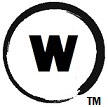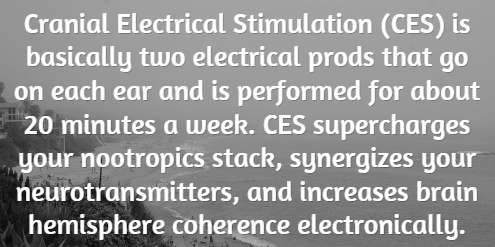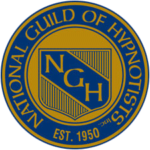tCS or tES (used interchangeably) is often used to describe any therapy in which electricity is applied on or through the cranium. In comparison to all of the types of cranial stimulation listed below, it is generally understood by most that tDCS is safer, more comfortable, easier to engage in, more affordable, and will often produce a more robust response. However it is important to note that new theories and opinions on the different forms of tCS/tES are being developed on an ongoing basis
tACS – Transcranial Alternating Current Stimulation
tACS is a form of tCS where the transcranial stimulation currents are time dependent with a sinusoidal shape (as in AC current). Amplitude, frequency and relative phases across stimulation electrodes can be controlled. tACS stimulation may provide a powerful way to couple to the oscillatory behavior of the brain, which is at present an active research field in basic and clinical Neuroscience.
tRNS – Transcranial Random Noise Stimulation
tRNS is a type of tCS where the stimulation current is varied randomly. Unlike tDCS, tRNS has been recently introduced and there is little experience with its use. However, it appears as if its main effects are excitatory.
TENS – Transcutaneous Electrical Nerve Stimulation
Usually used in muscle therapy and not intended for use on the cranium. Transcutaneous is defined as existing, applied, or measure across the depth of the skin.
CES – Cranial Electrotherapy Stimulation
Applies a small, pulsed (AC) electric current across a patient’s head to treat anxiety, depression, insomnia and chronic pain. The term CES is often used interchangeably with tACS to refer to the same type of device.
TMS – Transcranial Magnetic Stimulation
Utilizes magnetic fields to stimulate nerve cells in the brain, and is usually used to treat depression in patients where other therapies have proven ineffective. TMS can be very particular and should only be performed by a qualified technician.
ECT – Electroconvulsive therapy, or “shock therapy”
Made familiar to the public through a scene in the 1975 film, One Flew Over the Cuckoo’s Nest. ECT utilizes a current incredibly larger than most forms of cranial electrical stimulation (around 600-1000 milliamps), and is applied to the entire brain, often via the temples. This form of therapy usually results in a controlled grand mal seizure and must be done under general anesthesia. Because ECT produces significant side effects, including memory loss and confusion, it is only used for patients with severe, treatment-resistant depression, and even then it is used as a last result measure.








